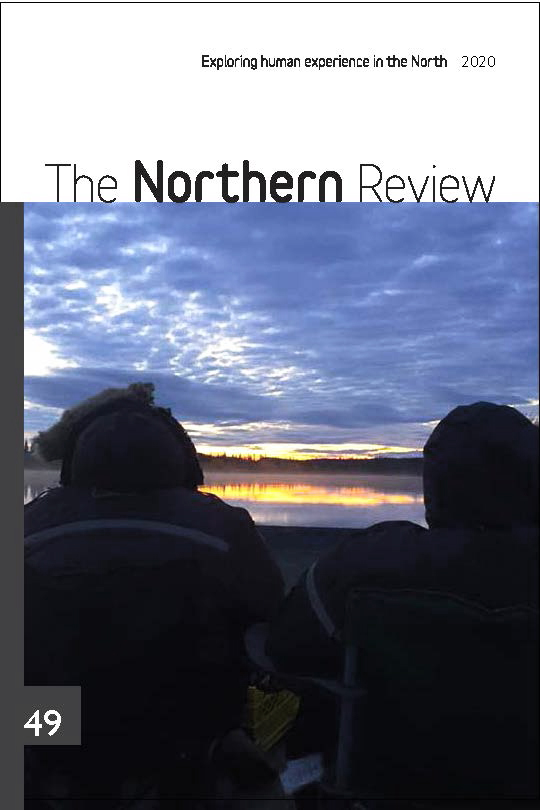Advertising for Beer: Local Identity and the Klondike Brewery, 1900–1920
DOI:
https://doi.org/10.22584/nr49.2019.001Keywords:
Klondike Gold Rush, Neo-Localism, Cultural Identity, Post Gold RushAbstract
First published advance onlineOctober 1, 2019
Yukon entrepreneur Thomas O’Brien opened the O’Brien Brewing and Malting Company, better known as the Klondike Brewery, in Klondike City in 1904, after the population of Dawson City had dramatically declined following the end of the Klondike Gold Rush (1896–1899). O’Brien’s decision to open a new business following the gold rush reflected his hope that Dawson would continue to develop and modernize, and O’Brien intended to be part of this growth. The Klondike Brewery operated from 1904 to 1919 and was the first brewery in northern Canada. Local newspapers—the Yukon Sun and the Dawson Daily News—frequently reported on the progress and activities of the brewery during its construction and operation, and O’Brien took advantage of the media to advertise his products. He used both his brewery and its promotion to highlight not only what was special about his products, but also what he believed Dawson’s future could be. These ads emphasized the beer’s homegrown origins, they celebrated Klondike beer using Klondike cultural imagery, and they emphasized the brewery’s modern nature. O’Brien not only sold beer, but he sold an idea to those who remained after the rush. We argue that the ways in which O’Brien branded and marketed his products, specifically his beer, tapped into a developing sense of local cultural identity among the post-gold-rush settler population in Dawson City, and that O’Brien used his brewery to shape his idea of Dawson’s potential future.
Downloads
Published
Issue
Section
License
Authors who publish with this journal agree to the following terms:
a. Authors retain copyright and grant the journal right of first publication, with the work simultaneously licensed under a Creative Commons License that allows others to share the work with an acknowledgement of the work's authorship and initial publication in this journal.
b. Authors are able to enter into separate, additional contractual arrangements for the non-exclusive distribution of the journal's published version of the work (e.g., post it to an institutional repository or publish it in a book), with an acknowledgement of its initial publication in this journal.
c. The journal has the right to authorize third-party publishers & aggregators to include the Article in databases or other services (EBSCO, Proquest).
d. The journal has the right to share the Article on the Internet, through social media and other means.


